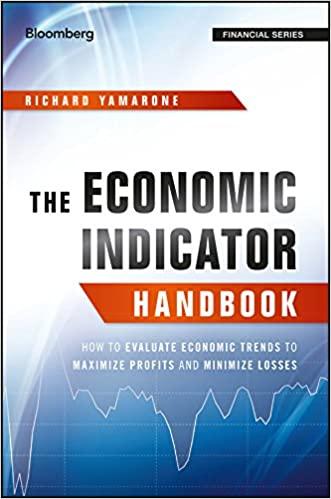Question 6 (2 points)
Risk premium is
Question 6 options:
| | | a) | The rate of return the investor demands for giving up the current use of funds on a noninflation-adjusted basis | |
| | | b) | A premium an investor requires to compensate for the eroding effect of inflation | |
| | | c) | The premium associated with special risks of a given investment | |
| | | d) | The sum of the real rate of return and the inflation premium | |
Question 7 (2 points)
If a bonds coupon rate exceeds its required rate of return, the sale price (value) would be
Question 7 options:
| | |
| | |
| | | c) | We cannot determine from just this information | |
| | | d) | The two are not related in terms of determining price | |
Question 8 (2 points)
All else equal, the price of a bond with a longer time to maturity as compared to one with a shorter time to maturity is
Question 8 options:
| | | a) | More sensitive to changes in yield to maturity | |
| | | b) | Less sensitive to change in yield to maturity | |
| | | c) | Neither is more or less sensitive to changes in yield to maturity | |
| | | d) | Yield to maturity does not impact the bond price | |
Question 9 (2 points)
In calculating a bonds price, the interest payment potion is solved using the
Question 9 options:
| | | a) | Present value of a lump sum | |
| | | b) | Future value of a lump sum | |
| | | c) | Present value of an annuity | |
| | | d) | Future value of an annuity | |
Question 10 (2 points)
A bond with a call provision
Question 10 options:
| | | a) | Allows bondholders to require the corporation repay the bonds before maturity | |
| | | b) | Allows the corporation to repay the debt before maturity | |
| | | c) | Allows the corporation to call in the interest payments if cash is not available | |
| | |






